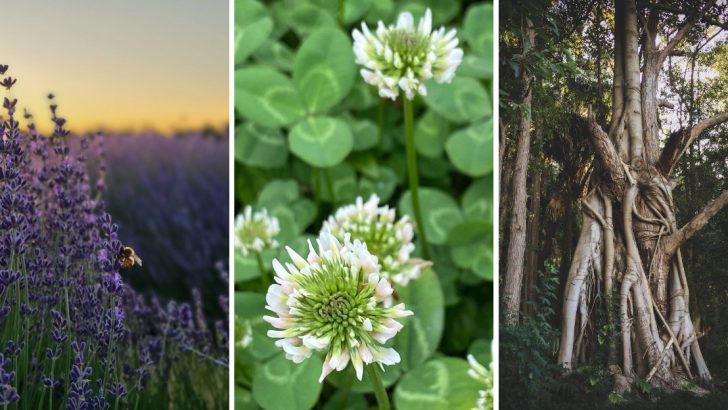Plants may seem like silent, solitary beings, but beneath the surface, they’re carrying on conversations we’re only beginning to understand. Through intricate underground networks, some plants exchange information, share resources, and even warn each other about potential dangers. It’s a subtle but fascinating form of communication happening right under our feet.
This hidden world reveals just how interconnected plants truly are, forming a community where survival depends on cooperation as much as competition. Here are six plants that secretly “talk” to each other underground, showcasing the incredible ways nature works together in silence.
Common Oak
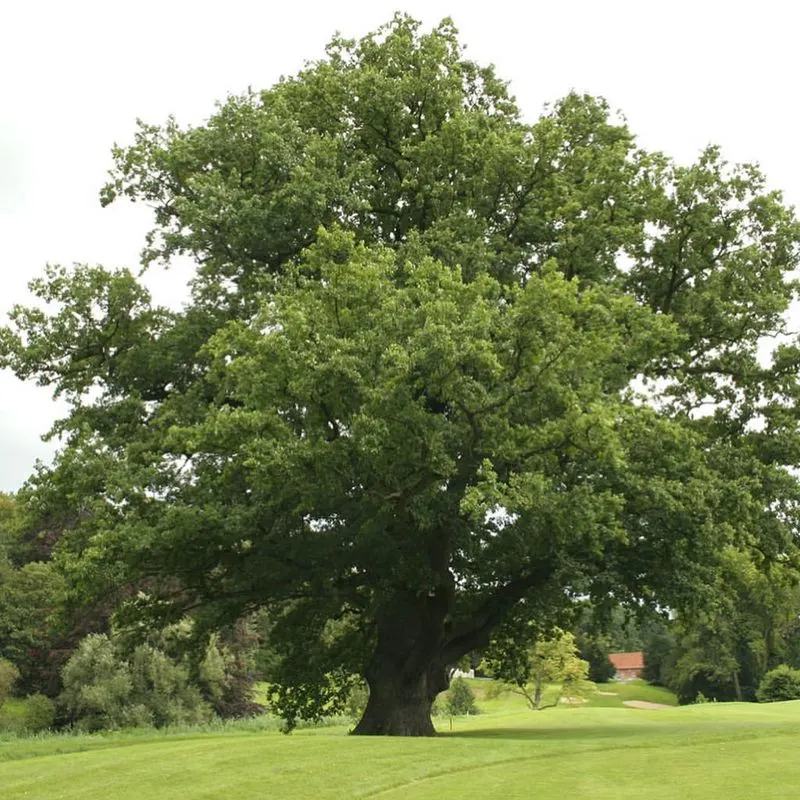
The common oak, a majestic presence in many forests, communicates through its expansive root system intertwined with fungal networks.
This symbiotic relationship, known as mycorrhiza, enables oaks to share nutrients and water with neighboring plants.
When under threat from pests, oaks release chemical signals that alert nearby trees to bolster their defenses. This underground chatter ensures the collective resilience of the forest community, offering a fascinating glimpse into the oak’s hidden life beneath the soil.
White Clover
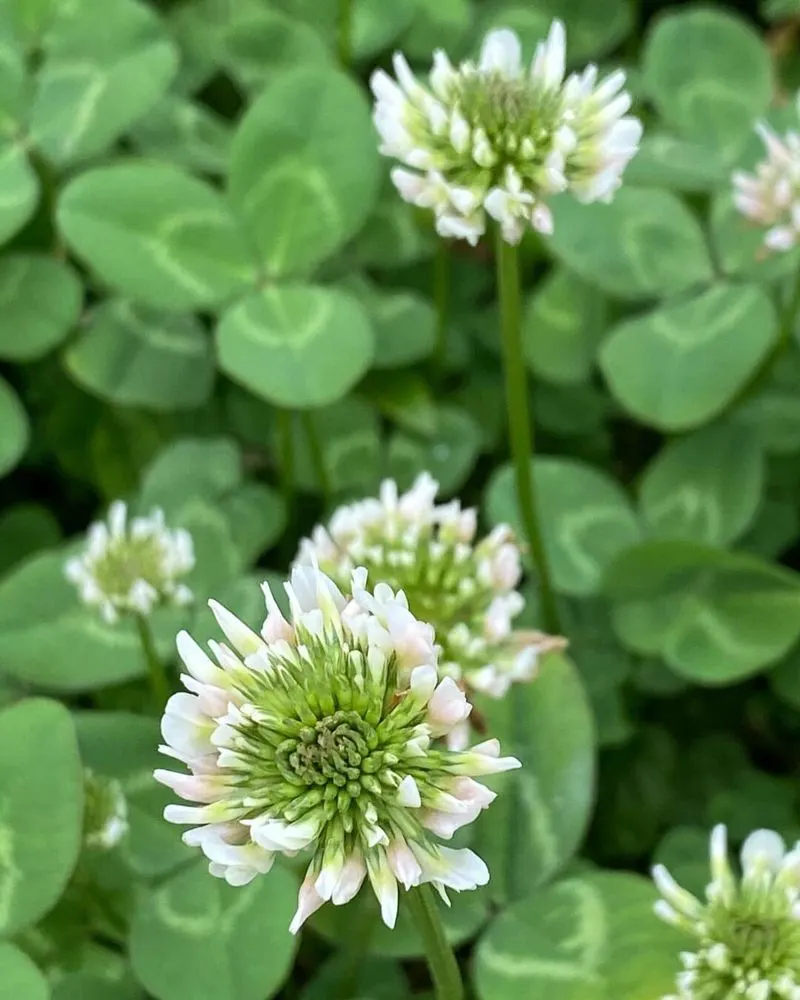
White clover, often seen in lawns and meadows, plays a crucial role in underground communication.
Its roots form connections with rhizobia bacteria, allowing the plant to fix nitrogen and enrich the soil.
This not only benefits the clover but also aids surrounding plants, enhancing overall growth. In addition, white clover can send chemical signals through the soil to warn nearby plants of insect attacks, creating a network of shared information that fosters a healthy ecosystem.
Beech Tree
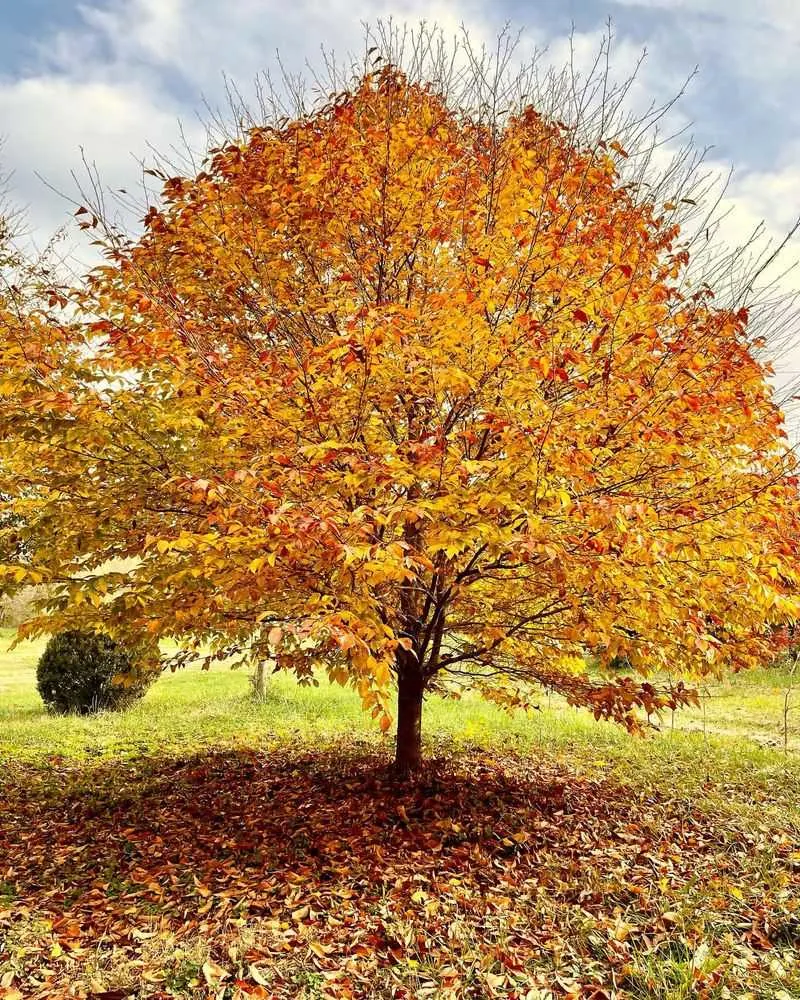
Beech trees are known for their smooth, gray bark and dense canopy.
Underground, they form vast networks with mycorrhizal fungi, enabling nutrient exchange among the trees.
This fungal network acts as a communication channel, allowing beech trees to send distress signals about environmental stressors such as drought. By sharing resources and information, beech trees maintain the health of their forest environment, showcasing their ability to “talk” beneath the surface.
Soybean

Soybeans, a staple crop worldwide, are remarkable communicators through their roots.
They engage in mutualistic relationships with rhizobia, converting atmospheric nitrogen into a usable form, benefiting not only themselves but also neighboring crops.
Furthermore, soybeans can emit chemical signals to warn nearby plants of aphid infestations, helping other plants to activate their defenses. This underground network enhances crop resilience, highlighting the sophisticated communication capabilities of soybeans.
Strangler Fig
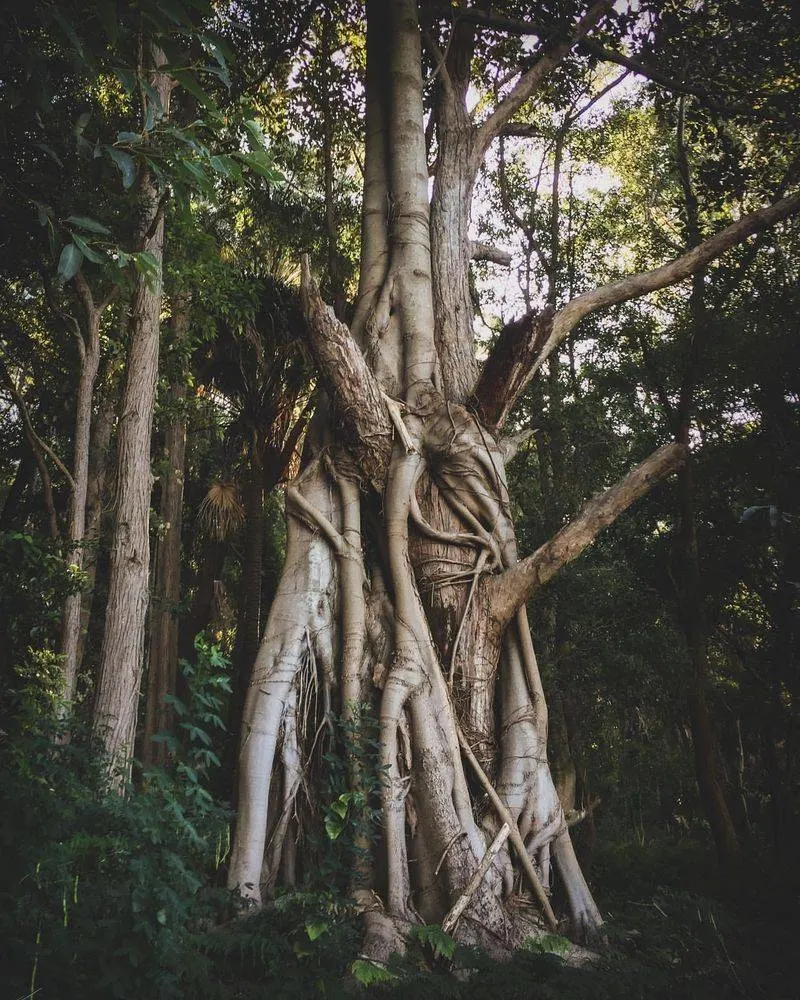
The strangler fig, often found in tropical forests, has a unique way of “talking” to other plants.
As it entwines around its host, it connects with the mycorrhizal network, sharing and receiving nutrients.
This relationship not only aids its growth but also supports the surrounding flora by redistributing resources. The strangler fig’s ability to communicate underground underscores its role as an integral part of its ecosystem, maintaining balance and diversity within its habitat.
Lavender
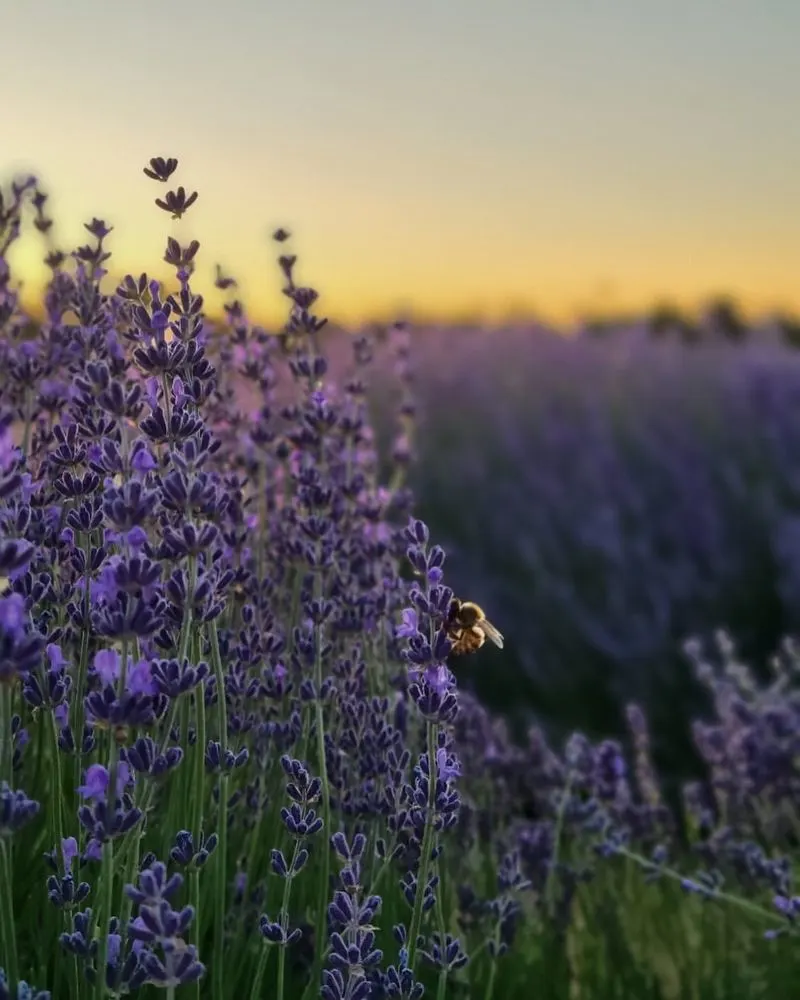
Lavender, known for its aromatic presence, also has a hidden talent for underground communication.
Its roots interact with mycorrhizal fungi, creating a network for nutrient exchange with neighboring plants.
This not only helps lavender thrive but also supports surrounding flora by enhancing soil health and fertility. Additionally, lavender can release chemical signals to alert other plants of herbivore threats, demonstrating its active participation in the subterranean conversation that sustains its ecosystem.

